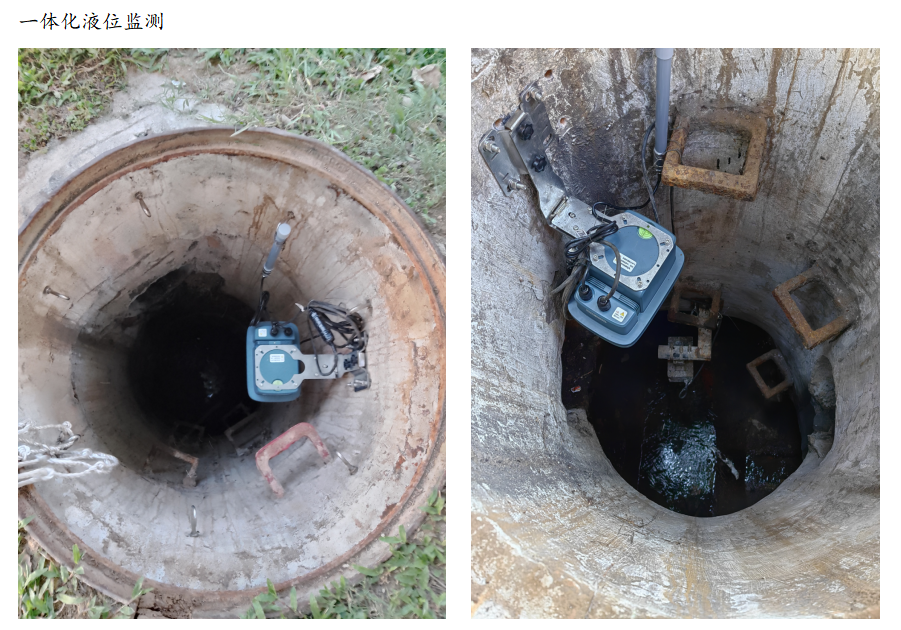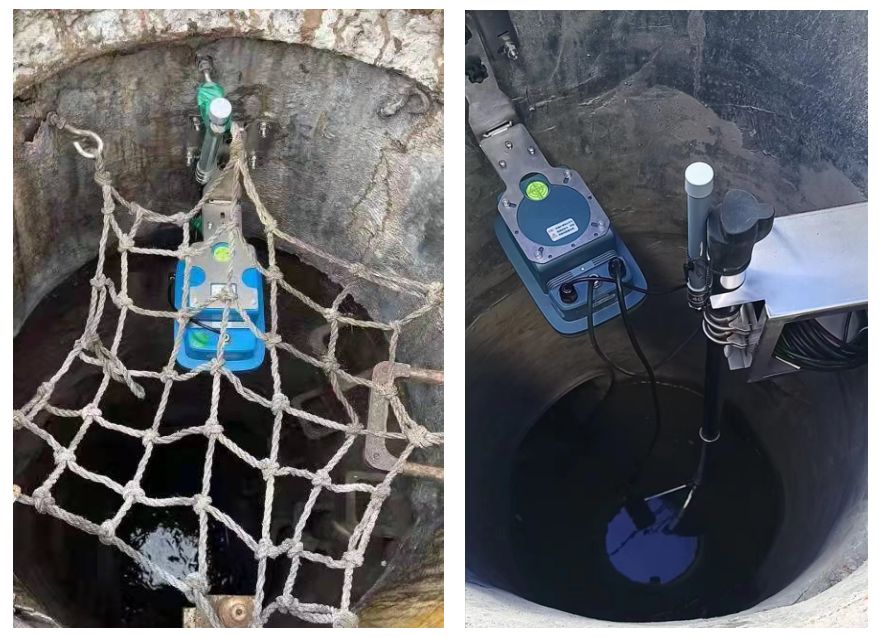Solution Overview
As the concept of smart cities continues to mature, the monitoring of urban underground drainage pipelines has gained increasing attention. With continuous innovations in next-generation sensors and smart IoT technologies, the construction of urban underground drainage pipeline monitoring systems has become more intelligent and sophisticated.
Underground pipelines typically require monitoring of liquid levels and flow rates in manholes. Compared to traditional submerged sensors, radar flow meters and level gauges offer advantages such as compact size, easy installation, non-contact measurement, low failure rates, and minimal maintenance. In recent years, these radar-based solutions have been widely adopted in pipeline monitoring scenarios.
This solution leverages non-contact radar sensors and low-power IoT transmission technology to collect data on flow rate, velocity, and liquid levels in drainage pipelines. Additional sensors (e.g., water quality monitors) can also be integrated to capture parameters such as pH and temperature. The system provides real-time insights into pipeline operations, supporting daily monitoring, operational scheduling, maintenance management, and emergency response. By delivering actionable data, it empowers authorities to optimize pipeline management and deploy effective measures during critical situations.
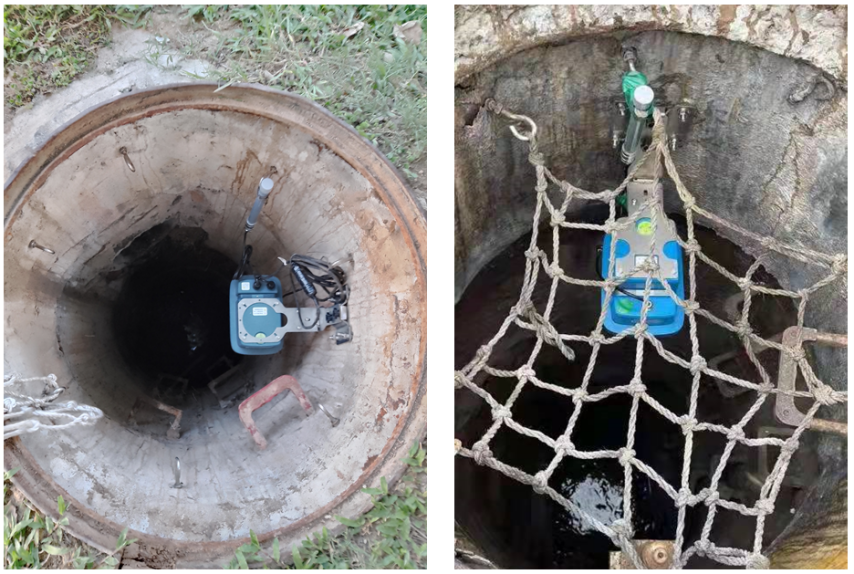
System Architecture
The underground drainage pipeline monitoring system comprises the following components:
2.Wireless Data Acquisition Unit (RTU):
3.Sensor Unit:
4.Backend Management Platform:
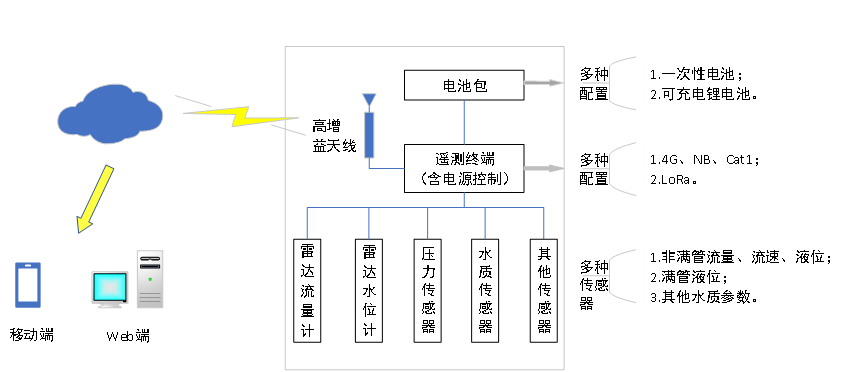
Solution Selection: Integrated Radar Level Station (RD-300-CR)
The RD-300-CR integrates a radar level gauge, RTU, disposable battery, Bluetooth module, tilt sensor, and optional pressure sensor (for submerged conditions). Key features:
Supports 4G/NB-IoT/LoRa/Cat1 connectivity and multi-channel data upload.
Compatible with SZY206, SL651, and MQTT protocols.
High-gain external antenna enhances signal reliability.
Disposable lithium-thionyl chloride battery lifespan depends on reporting frequency and signal strength.
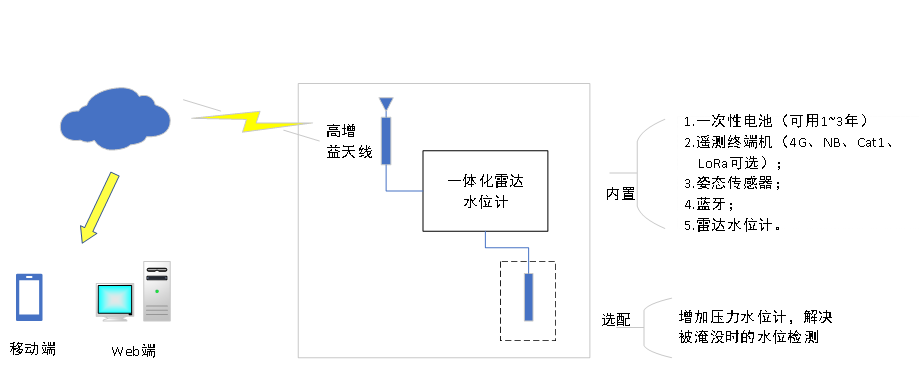
Installation Diagram: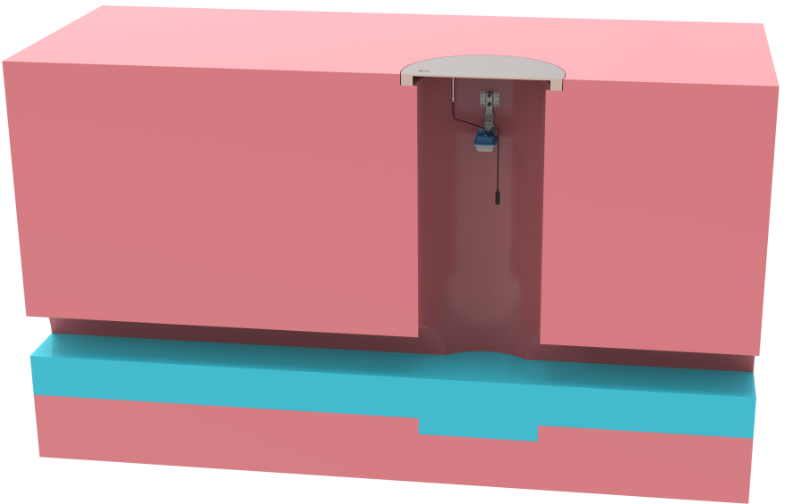
Key Advantages:
High Integration: Compact and lightweight design for easy installation.
Customizable Configuration: Multi-parameter adaptability.
Non-Contact Radar Technology: Measures flow, level, and velocity without physical contact, ensuring durability and minimal interference from debris.
Long-Lasting Power: Disposable or rechargeable battery options.
RTU Integration: Direct data upload and remote parameter adjustment.
Bluetooth Debugging: On-site setup via mobile app.
IP68 Protection: Resilient in harsh underground environments.
Management Platform
The backend platform enables centralized device management, real-time data visualization, historical analysis, and report generation. A companion mobile app provides remote access for streamlined maintenance and decision-making.
Web Platform Features
Device status monitoring
Data visualization and aggregation
Customizable alerts and reports
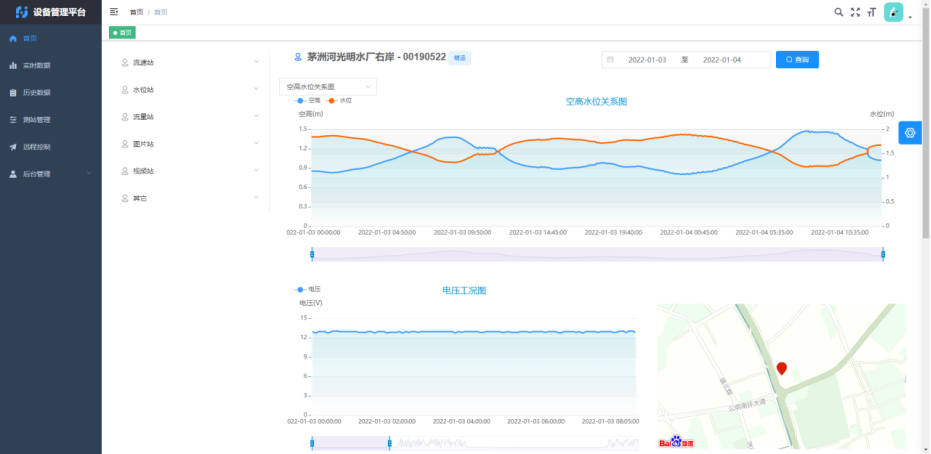
Mobile App Platform 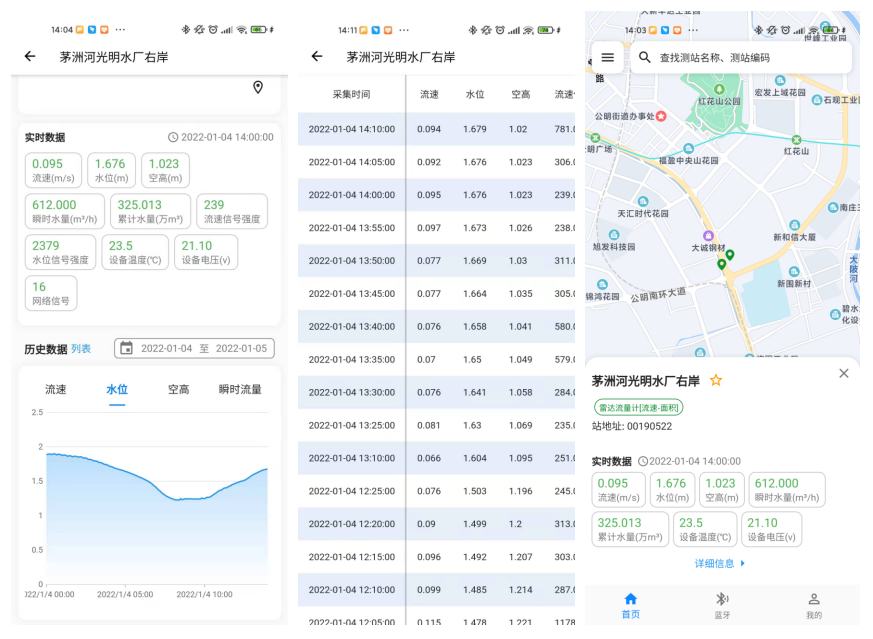
Product Technical Parameter
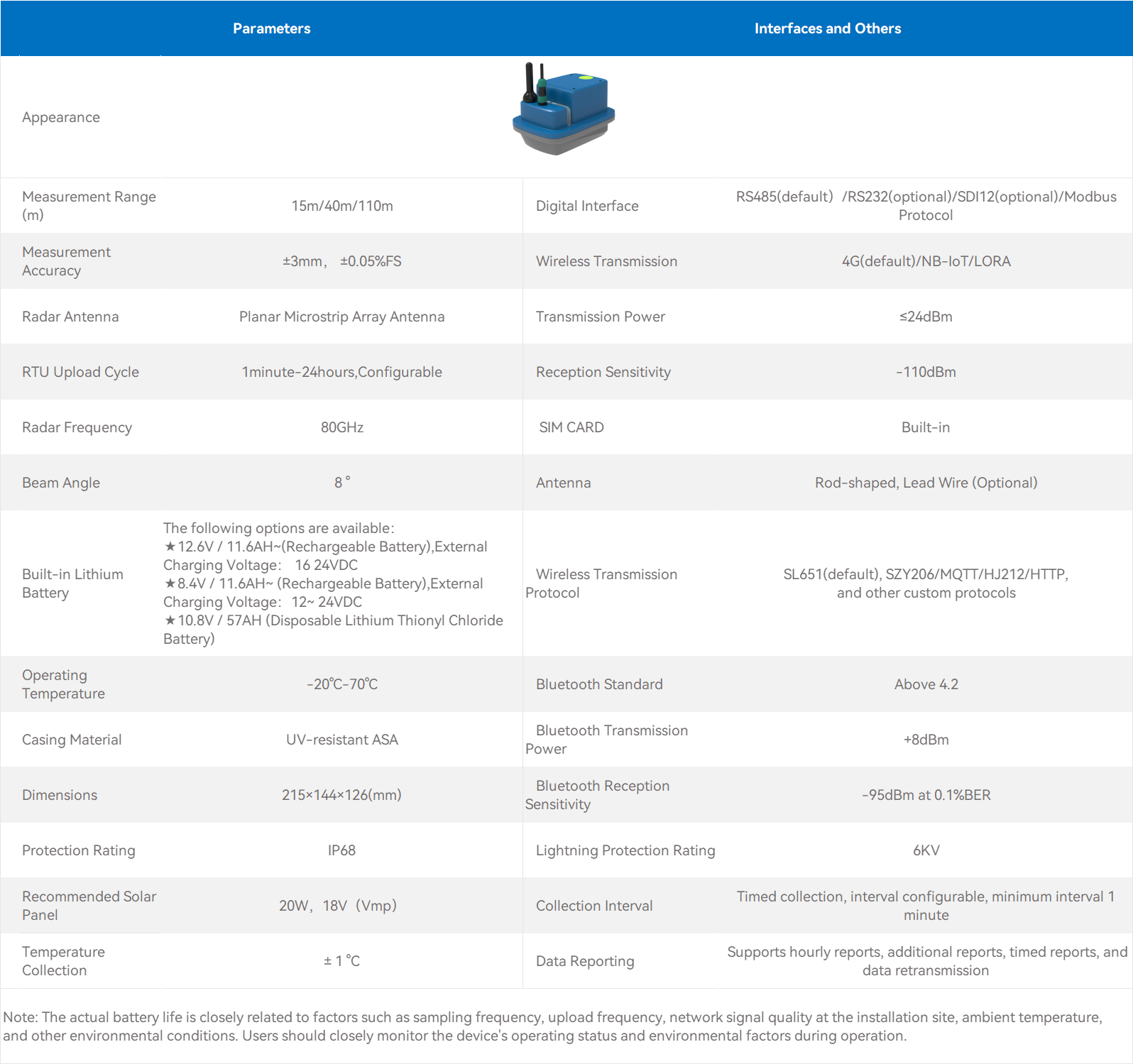
Applications:
Urban drainage pipeline monitoring (flow, level, water quality).
Underground culverts and manhole monitoring.
Discharge outlet flow monitoring, flood channels, and urban waterlogging detection.
Applications Photos:
